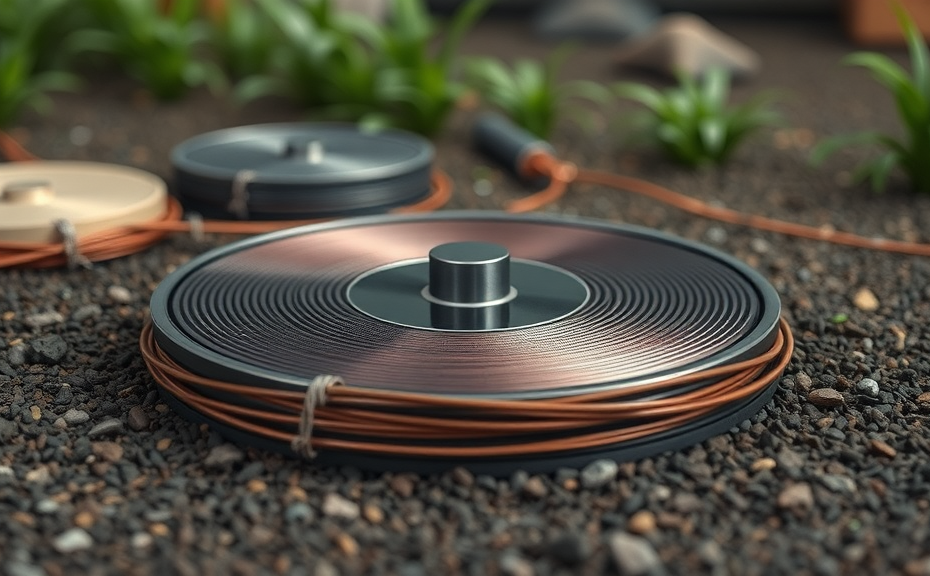The turntable ground wire is an essential component for any audiophile seeking to achieve the highest sound quality from their vinyl records. This wire plays a crucial role in minimizing noise and hum, ensuring that the audio output is clear and undistorted. When connecting a turntable to an amplifier or receiver, neglecting the ground wire can lead to unwanted electromagnetic interference, resulting in a less enjoyable listening experience.
Typically, the turntable ground wire is a thin copper wire that connects to the ground terminal on the amplifier. Proper grounding helps to eliminate ground loops, which are a common source of distortion. When multiple devices are connected to different power sources, a difference in ground potential can create a loop that introduces hum into the audio signal. Connecting the ground wire effectively helps mitigate this issue.
To connect the turntable ground wire, locate the ground terminal on your amplifier, which is often labeled “GND” or “Ground.” Strip the end of the turntable ground wire if necessary, and securely attach it to the terminal. Make sure the connection is tight and free of corrosion to avoid any interruptions in the audio signal. Once connected, test the sound quality by playing a record to ensure there are no persistent humming noises.
In some cases, users may find their turntable ground wire to be too short. In these situations, extending the ground wire with high-quality, shielded cables can help retain signal integrity. Always choose cables designed for audio applications to ensure the best performance.
In summary, properly connecting the turntable ground wire enhances the overall listening experience by minimizing noise and potential interference. If you are passionate about vinyl, taking the time to correctly set up your turntable’s ground connection can make a significant difference in sound quality.
